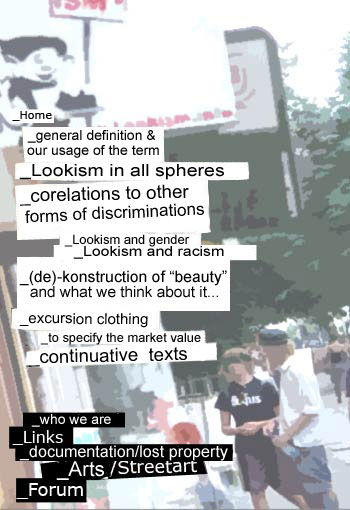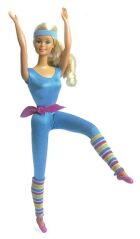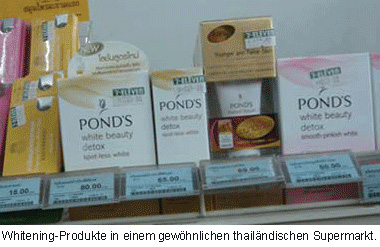
Corelations to other forms of discrimination
In our society there is a permanent pressure to fulfil certain expectations regarding our appearance – if you don’t want to fulfil these expectations or simply can’t, you are likely to be excluded and discriminated against.
As well as in sexism, racism, ableism (1) and ageism(2), lookism individuals are forced into a hierarchy of discrimination on the basis of their bodies(3) (that cannot be chosen freely in a certain way(4) ). Due to this valuation of bodies, individuals experience discrimination or reward.
 Notably, both older and „disabled“ people have a hard time fitting in to society’s beauty standards and therefore become segregated.
Notably, both older and „disabled“ people have a hard time fitting in to society’s beauty standards and therefore become segregated.
Not only is certain behaviour and the „correct“ kind of sexual desire (namely heterosexual) expected according to „male“/“female“ appearance but also according to socially assigned gender expectations.
Women bring about a higher degree of lookism due to the patriarchal society (although „beauty“ is becoming more and more important for men too). A female body is expected to be „beautiful“ (namely slim, neat, athletic,...). Therefore beauty norms play an important role in being accepted as „a woman“ and to experience sexual, as well as general interest.
Depending upon ethnicity, particular beauty ideals are implemented, for example the „exotic“ beauty ideal for dark skinned women(5) .
The global white western dominance is also relevant due to the (post-)colonial structures; in a lot of Asian countries almost every beauty product has a whitening-effect, which means they contain substances that are said to bleach the skin. In some parts of Asia it is also very popular to get a surgery on the eye lid, in order to make the eyes appear more „western“.
Between these processes of oppression there are not only structural parallels, but associations too.
The beauty standards that are the basis for lookism vary at gender, age and ethnicity and also mirror the particular relations of power.
__________________________________________________
1 Ableism means discrimination of disabled people in all spheres of life because they don’t fit the norm
http://en.wikipedia.org/wiki/Ableism
2 Ageism means social and economic disadvantages because of age.
http://en.wikipedia.org/wiki/Ageism
3 When we say „body“ we don’t mean it in the sense of a prediscursive body. We assume (after the theorist Judith Butler) that bodies are attributed different meanings depending on what historical or social context there is. When I am born at a certain time, I undergo the meanings that are valid for my body in this current moment and environment because I cannot arbitrarily change my body (and its meanings).
4 We want to reveal that there are differences between a voluntarily chosen active presentation of the body (such as clothing, make-up,...) and „the“ body that can be altered in form and (skin) colour (for example with plastic surgery), but this is usually connected with huge cost and constraint (or when it comes to plastic surgery, even with pain and health risks). Not to forget time and money, which not everyone has the same amount of.
5 On the other hand it could also be that, depending on the „beautiful/ugly“ pattern a different racist discrimination is experienced.